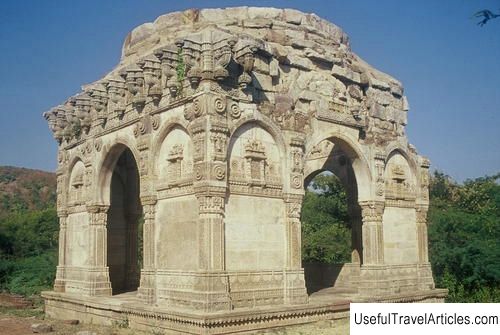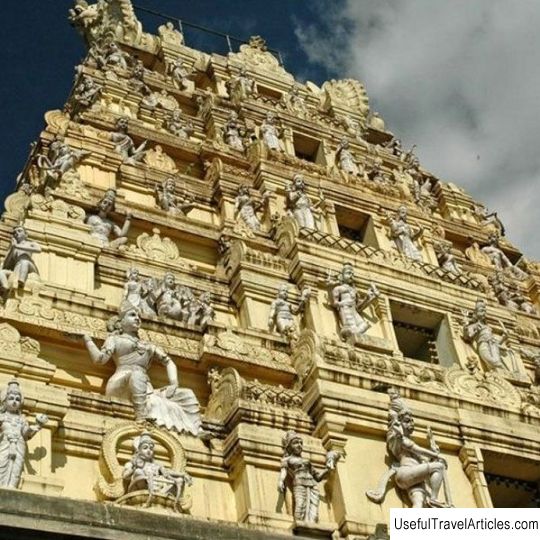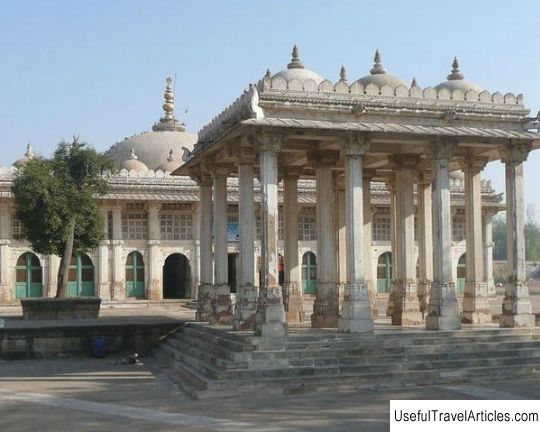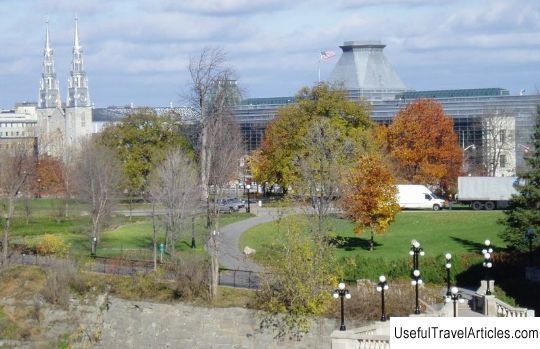Champaner-Pavagadh Archaeological Park description and photos - India
Rating: 8,2/10 (1243 votes) 
Champaner-Pavagadh Archaeological Park description and photos - India. Detailed information about the attraction. Description, photographs and a map showing the nearest significant objects. The name in English is Champaner-Pavagadh Archaeological Park. Photo and descriptionChampaner Pavagadh Archaeological Park is located in Panchmahal District, Gujarat State. It was created on the site of the city of Champaner, built in the 8th century on the top of the Pavagadh hill, which rises 800m above sea level. In the 16th century, the city was captured by Mehmud Begdah, Sultan of Gujarat. It was then that Champaner was rebuilt, he was transferred to the foot of the hill, renamed Muhammadabad, and he became the capital of Gujarat. At that time, this city became a commercial, military and cultural center. The Champaner-Pavagadh Park covers the territory of the hill itself, as well as its foot, and represents a whole system of residential, military, religious and agricultural structures, some of which are fairly well preserved to this day. There are five mosques in the park, including the Great Mosque, or Jama Masjid, 30m high, in the architecture of which both Hindu and Muslim motives are surprisingly intertwined. It was this mosque that later became a model for Muslim religious architecture throughout India. In addition to mosques, the park contains many Hindu temples dedicated to various deities. So at the very top of the hill is the Kalikamet temple, it operates to this day, and is a place of pilgrimage for many believers. Of no less interest are the preserved sandstone fortifications, the towers of which are adorned with magnificent balconies. Also at the foot of the mountain are the ruins of the once luxurious royal palace. Since 2004, the archaeological park has become a UNESCO World Heritage Site and is under the protection of this organization. Excavations in it are carried out today, since many of the treasures of the ancient city still remain hidden underground.          We also recommend reading Malcesine description and photos - Italy: Lake Garda Topic: Champaner-Pavagadh Archaeological Park description and photos - India. |




